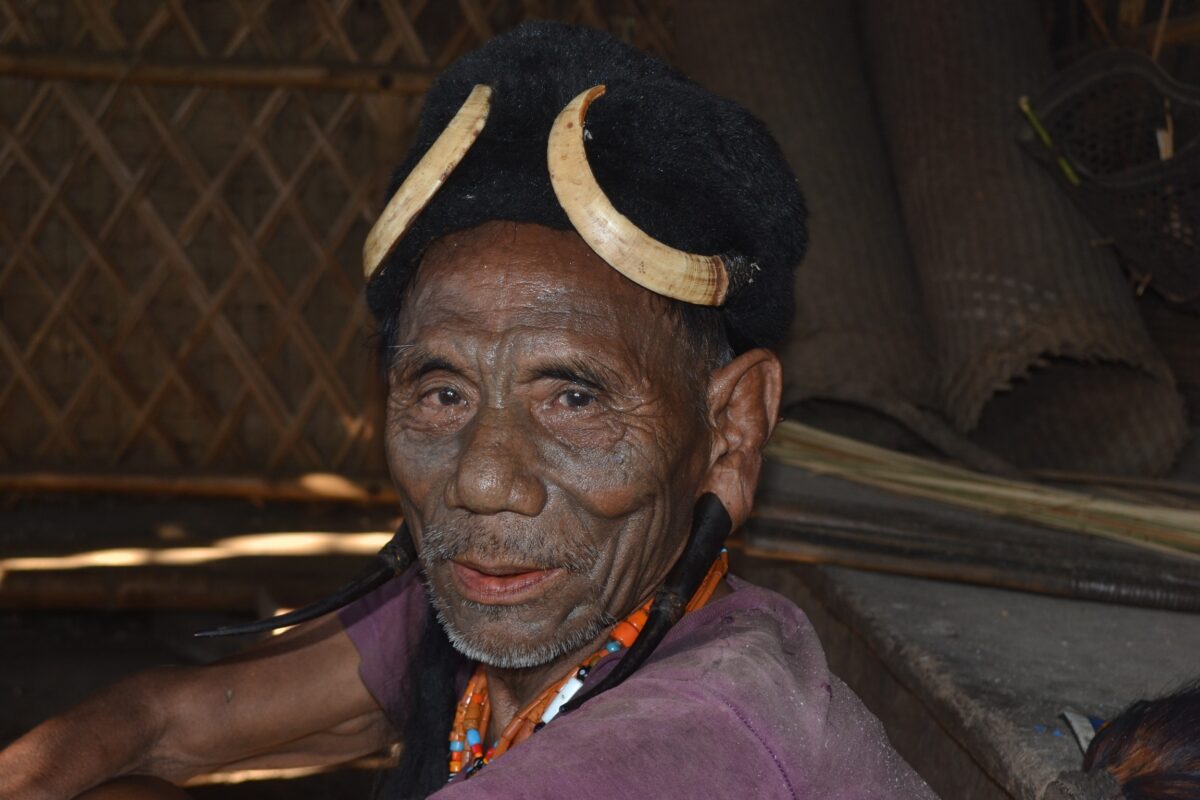The Hornbill Festival, celebrated in Nagaland, North East India, is a vibrant and grand celebration of the state’s rich tribal culture and heritage. Known as the “Festival of Festivals,” it brings together all of Nagaland’s major tribes, offering a unique opportunity to experience the diverse traditions, customs, and art forms that define the Naga way of life. Held annually from December 1st to 10th in Kisama Heritage Village near the capital city of Kohima, the festival has become a significant cultural event that attracts visitors from across India and around the world.
Historical Significance and Origins
The Hornbill Festival was first introduced by the Government of Nagaland in 2000 to promote and preserve the state’s rich cultural heritage and to encourage inter-tribal harmony. Named after the Great Indian Hornbill, a bird revered in Naga folklore for its majestic presence, the festival serves as a platform to showcase the cultural vibrancy of the Naga people. It also plays a crucial role in promoting tourism in the region, drawing attention to Nagaland’s unique traditions and scenic beauty.
Location: Kisama Heritage Village
Kisama Heritage Village, where the Hornbill Festival is held, is situated about 12 kilometers from Kohima. The village is designed to resemble a traditional Naga village and serves as a living museum where visitors can explore the cultural artifacts, traditional homes, and lifestyle of the various Naga tribes. Each tribe has its own “Morung” or dormitory in the village, where they display their unique customs, attire, crafts, and way of life. The village comes alive with a festive atmosphere, offering a deep dive into the rich cultural tapestry of Nagaland.
Cultural Extravaganza: Dance, Music, and Art
One of the main attractions of the Hornbill Festival is the vibrant display of traditional Naga dances, music, and art. Each day of the festival is filled with performances by the different tribes, who showcase their distinctive dances and songs. The dances are often war dances, agricultural dances, or ceremonial dances, each telling a story or representing a significant aspect of Naga life. The rhythmic beats of the traditional drums, the melodies of tribal songs, and the colorful costumes create an unforgettable experience for the audience.
The festival also features a variety of traditional games and sports, such as archery, wrestling, and indigenous martial arts, which highlight the physical prowess and competitive spirit of the Naga people. These events not only entertain but also serve to preserve and promote the traditional sports and skills of the tribes.
Crafts, Cuisine, and Handicrafts
The Hornbill Festival is also a feast for the senses, particularly for those interested in traditional crafts and cuisine. The festival grounds are dotted with stalls selling Naga handicrafts, textiles, and jewelry, each piece reflecting the intricate artistry and craftsmanship of the tribes. Visitors can purchase handwoven shawls, bamboo and cane products, wooden carvings, and other traditional items that are unique to the region.
Naga cuisine is another highlight of the festival. The food stalls offer a variety of traditional dishes made from locally sourced ingredients, such as bamboo shoots, smoked meat, fermented soybeans, and a variety of spicy chutneys. The festival is a culinary journey into the flavors of Nagaland, with each tribe offering its own specialties. The famous Naga rice beer, brewed in different ways by various tribes, is also a popular item among visitors.
The Hornbill International Rock Contest
In addition to the traditional elements, the Hornbill Festival also embraces contemporary culture, most notably through the Hornbill International Rock Contest. This event has become one of the largest rock music competitions in India, attracting bands from across the country and even internationally. The rock contest adds a modern twist to the festival, showcasing the talents of young musicians and providing a platform for cultural exchange through music.
Promoting Tourism and Cultural Exchange
The Hornbill Festival plays a vital role in promoting tourism in Nagaland. The festival’s popularity has grown significantly over the years, attracting not only domestic tourists but also international visitors. The government of Nagaland has successfully leveraged the festival to highlight the state’s cultural richness and natural beauty, making it a key attraction for tourists looking to explore the less-traveled parts of India.
The festival also fosters cultural exchange and understanding. By bringing together all of Nagaland’s tribes and inviting participation from other parts of India and the world, the Hornbill Festival promotes unity, peace, and mutual respect among diverse cultures. It serves as a reminder of the importance of preserving cultural heritage in the face of globalization and modernization.
Photography at Hornbill Festival
Photography at the Hornbill Festival offers a unique opportunity to capture the colorful traditional attire, energetic dances, and dramatic warrior performances make for stunning visual subjects. Photographers can document the intricate details of tribal customs, handcrafted artifacts, and the lively interactions between various Naga tribes. The scenic backdrop of Kisama Heritage Village, coupled with the dynamic atmosphere of the festival, provides endless possibilities for striking and evocative images.
#hornbillfestival #hornbillfestivalnagaland #nagalandfestival

